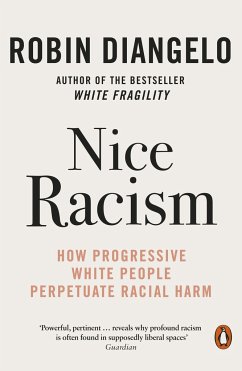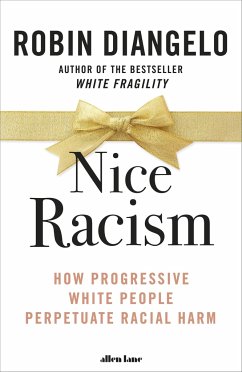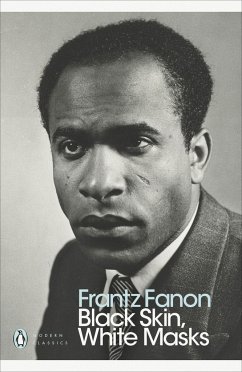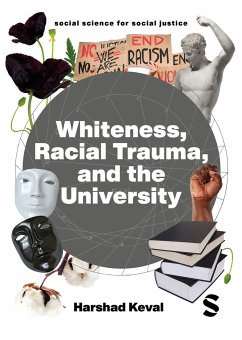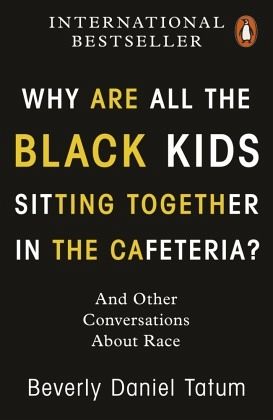
Why Are All the Black Kids Sitting Together in the Cafeteria?
And Other Conversations About Race

PAYBACK Punkte
5 °P sammeln!
The international bestseller that changed how we talk about racism'A critically acclaimed book that gave readers a starting point to demystify conversations about race' The Atlantic'A classic' Jodi PicoultWalk into any racially mixed secondary school and you will see young people clustered in their own groups according to race. Is this self-segregation a problem to address or a coping strategy? Beverly Daniel Tatum, a renowned psychology Professor, guides us through how racial identity develops, from very young children all the way to adulthood, in black families, white families, and mixed rac...
The international bestseller that changed how we talk about racism
'A critically acclaimed book that gave readers a starting point to demystify conversations about race' The Atlantic
'A classic' Jodi Picoult
Walk into any racially mixed secondary school and you will see young people clustered in their own groups according to race. Is this self-segregation a problem to address or a coping strategy? Beverly Daniel Tatum, a renowned psychology Professor, guides us through how racial identity develops, from very young children all the way to adulthood, in black families, white families, and mixed race families, and helps us understand what we can do to break the silence, have better conversations with our children and with each other about race, and build a better world. A mainstay on the bookshelves of American readers since 1998, and substantially revised and updated in 2017, this evergreen bestseller is essential reading for anyone interested in understanding the dynamics of race
'A critically acclaimed book that gave readers a starting point to demystify conversations about race' The Atlantic
'A classic' Jodi Picoult
Walk into any racially mixed secondary school and you will see young people clustered in their own groups according to race. Is this self-segregation a problem to address or a coping strategy? Beverly Daniel Tatum, a renowned psychology Professor, guides us through how racial identity develops, from very young children all the way to adulthood, in black families, white families, and mixed race families, and helps us understand what we can do to break the silence, have better conversations with our children and with each other about race, and build a better world. A mainstay on the bookshelves of American readers since 1998, and substantially revised and updated in 2017, this evergreen bestseller is essential reading for anyone interested in understanding the dynamics of race





